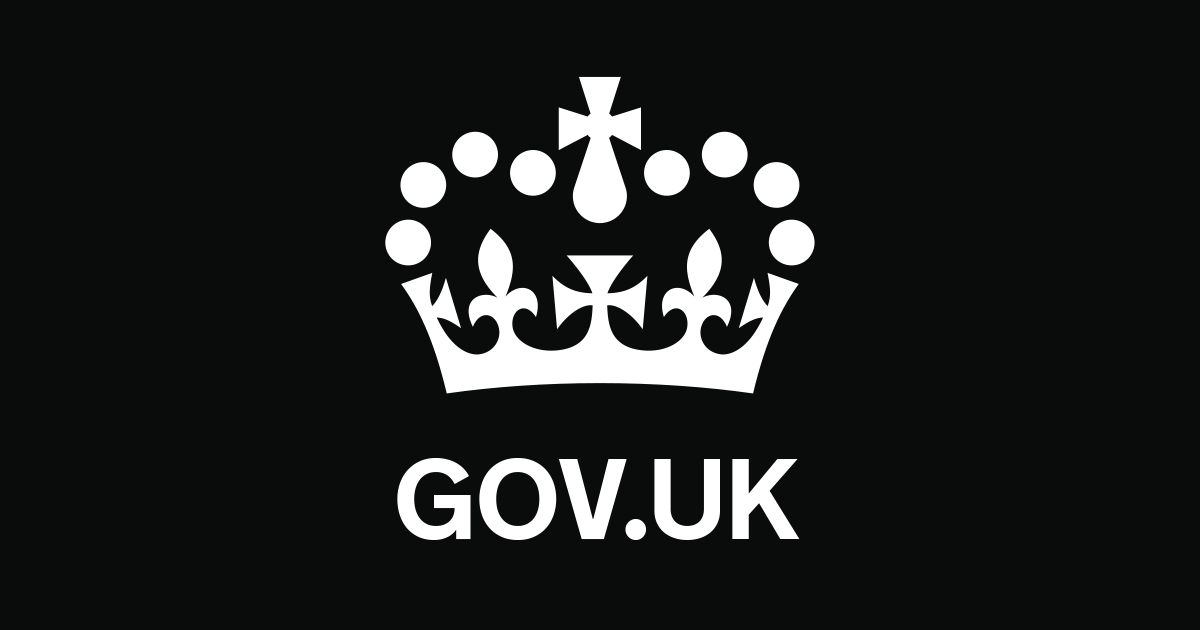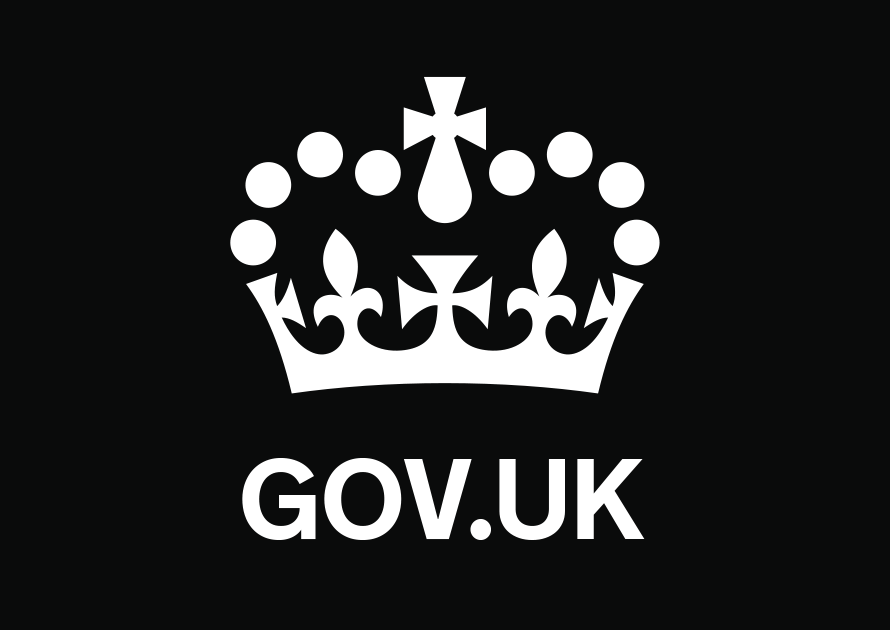Some buildings, land, works of art and other objects can be exempt from Inheritance Tax and Capital Gains Tax when they pass to a new owner either as the result of a death or as a gift.
Qualifying conditions
The assets must be one of the following:
- buildings, estates or parklands of outstanding historical or architectural interest
- land of outstanding natural beauty and spectacular views
- land of outstanding scientific interest including special areas for the conservation of wildlife, plants and trees
- objects with national scientific, historic or artistic interest, either in their own right or due to a connection with historical buildings
The new owner must make an agreement, known as ‘the undertakings’ to:
- look after the item
- make it available for the general public to view
- keep it in the UK
If the owner does not keep to the agreement or sells the asset, the exemption is withdrawn and the tax must be paid.
HMRC determines which assets qualify for exemption on the advice of the government’s heritage advisory agencies.
You can find more details about tax relief for national heritage assets in Capital taxation and tax-exempt heritage assets.
Access to tax-exempt heritage assets
Normal access arrangements may change due to coronavirus (COVID-19) restrictions. Owners and visitors must follow the relevant public health authority guidance on social distancing.
The website indicates in each case when you may visit land and buildings and their historic contents or will direct you to the website of the property concerned for these details.
When and where you can see works of art depends on the terms agreed with the owner. They may be on public view with access by appointment when not on show, however for some older cases access may be restricted to a by appointment basis. The entry on the website will show how access is being given.
For access by appointment you should normally be allowed access as soon as is reasonably practical:
- on the day you want, from a choice of at least 3 weekdays and 2 Saturdays or Sundays within 4 weeks of your request
- at a time between 10am and 4pm
You do not have to make the request in writing, but once the details of the appointment have been agreed you may be asked to confirm them in writing. You can agree an alternative arrangement with the owner.
If the appointment is at the owner’s home, they can ask for identification to prove that you are the person who made the appointment.
For security reasons, the precise location of an object is not always given. The contact can tell you where the items can be seen.
You do not have to be given access where the item is normally kept. Another reasonable location may be agreed. The owner does not have to be present.
Access for collections of works of art and other objects is shown on the website or by a link to direct you to a website for those objects giving further details.
Charges to view or visit
Normal terms for these attractions apply. A reasonable charge may be made.
Photography
You can only take photographs with the owner’s permission.
Get help and advice
Contact the HMRC Heritage Team:
- to get help and advice
- if you have problems accessing tax-exempt heritage assets
Include HMRC’s reference number if you have a current exemption or designation.
If you do not have a current exemption or designation, you need to email the team rather than send a letter.
Email
Email: mailpoint.f@hmrc.gov.uk
Post
Write to:
HM Revenue & Customs
WMBC Assets
BX9 1LH
You do not need to include a street name or PO box when writing to this address.
Some buildings, land, works of art and other objects can be exempt from Inheritance Tax and Capital Gains Tax when they pass to a new owner either as the result of a death or as a gift.
Qualifying conditions
The assets must be one of the following:
- buildings, estates or parklands of outstanding historical or architectural interest
- land of outstanding natural beauty and spectacular views
- land of outstanding scientific interest including special areas for the conservation of wildlife, plants and trees
- objects with national scientific, historic or artistic interest, either in their own right or due to a connection with historical buildings
The new owner must make an agreement, known as ‘the undertakings’ to:
- look after the item
- make it available for the general public to view
- keep it in the UK
If the owner does not keep to the agreement or sells the asset, the exemption is withdrawn and the tax must be paid.
HMRC determines which assets qualify for exemption on the advice of the government’s heritage advisory agencies.
You can find more details about tax relief for national heritage assets in Capital taxation and tax-exempt heritage assets.
Access to tax-exempt heritage assets
Normal access arrangements may change due to coronavirus (COVID-19) restrictions. Owners and visitors must follow the relevant public health authority guidance on social distancing.
The website indicates in each case when you may visit land and buildings and their historic contents or will direct you to the website of the property concerned for these details.
When and where you can see works of art depends on the terms agreed with the owner. They may be on public view with access by appointment when not on show, however for some older cases access may be restricted to a by appointment basis. The entry on the website will show how access is being given.
For access by appointment you should normally be allowed access as soon as is reasonably practical:
- on the day you want, from a choice of at least 3 weekdays and 2 Saturdays or Sundays within 4 weeks of your request
- at a time between 10am and 4pm
You do not have to make the request in writing, but once the details of the appointment have been agreed you may be asked to confirm them in writing. You can agree an alternative arrangement with the owner.
If the appointment is at the owner’s home, they can ask for identification to prove that you are the person who made the appointment.
For security reasons, the precise location of an object is not always given. The contact can tell you where the items can be seen.
You do not have to be given access where the item is normally kept. Another reasonable location may be agreed. The owner does not have to be present.
Access for collections of works of art and other objects is shown on the website or by a link to direct you to a website for those objects giving further details.
Charges to view or visit
Normal terms for these attractions apply. A reasonable charge may be made.
Photography
You can only take photographs with the owner’s permission.
Get help and advice
Contact the HMRC Heritage Team:
- to get help and advice
- if you have problems accessing tax-exempt heritage assets
Include HMRC’s reference number if you have a current exemption or designation.
If you do not have a current exemption or designation, you need to email the team rather than send a letter.
Email
Email: mailpoint.f@hmrc.gov.uk
Post
Write to:
HM Revenue & Customs
WMBC Assets
BX9 1LH
You do not need to include a street name or PO box when writing to this address.



